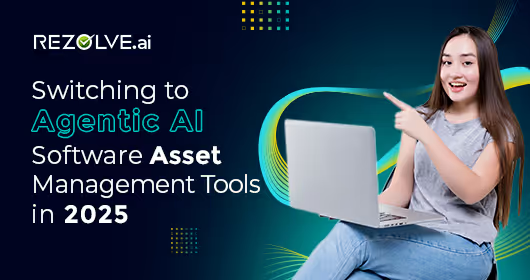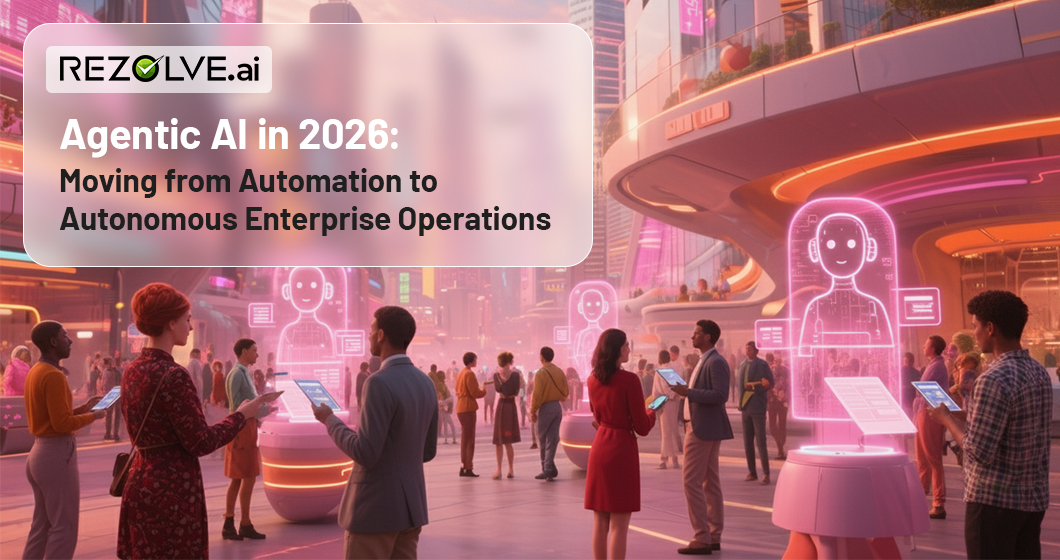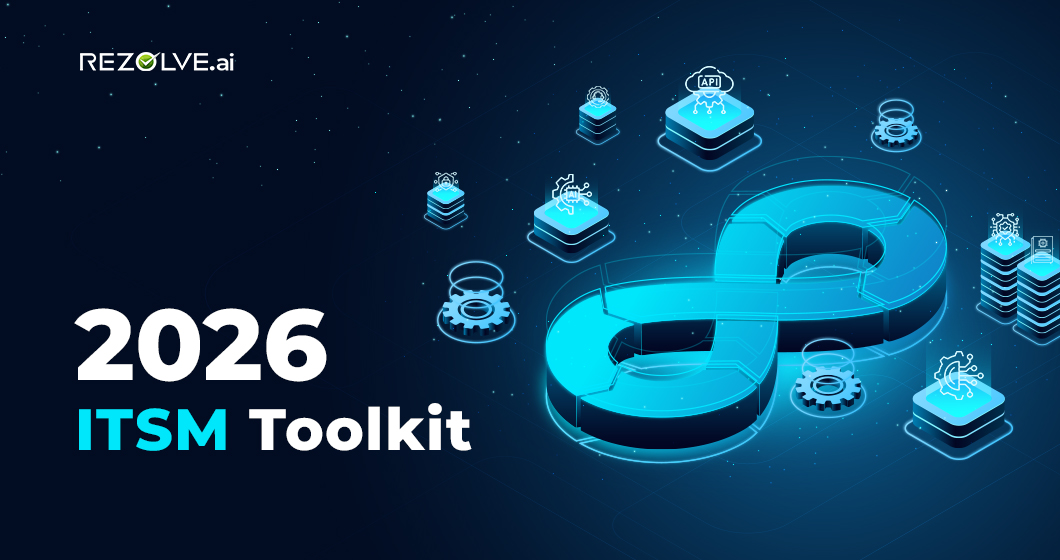Think of traditional Software Asset Management tools as an archivist—meticulous, methodical, indispensable. Now imagine an AI that doesn’t just file records but writes new ones, predicting what you’ll need before you ask. Agentic AI Software Asset Management tools aren’t just a new upgrade; they’re dynamic solutions that scale without manual intervention.
Let’s explore how software asset management tools are being reinvented with Agentic AI.
Legacy SAM Playbook is Structured, Static, Stuck in Time
Traditional SAM tools catalog licenses like librarians stamping books. They answer “What’s here?” with spreadsheets and compliance reports. Reliable? Absolutely. Visionary? Not quite. Hybrid workforces and multi-cloud sprawl move faster than manual audits. These systems track assets but lack real-time agility—like using a sundial to time a rocket launch.
Picture this: A global team adopts a new SaaS tool. Traditional SAMs log licenses. Agentic AI detects regional usage spikes, auto-negotiates bulk discounts, and kills redundant subscriptions mid-quarter. One waits for problems; the other prevents them.
Agentic AI as the Silent Strategist
Forget automation. Think autonomy. Agentic AI SAMs ingest data like oxygen—license metrics, user behavior, market trends—and exhale strategy. They don’t just flag an expiring contract; they simulate renewal scenarios, pressure-test vendor terms, and draft negotiation scripts. Compliance isn’t a checkbox; it’s a live pulse.
These systems thrive on chaos. Mergers, divestitures, sudden scaling? Agentic AI reallocates licenses in milliseconds, patches compliance gaps silently, and even predicts shadow IT before employees hit “download.” It’s less like a tool and more like a co-pilot with a sixth sense for risk.
Agentic AI is Symbiosis, Not Supplanting
Ditch the “vs.” mindset. Traditional SAMs are the bedrock; Agentic AI is the architect. Legacy tools generate the data—AI weaponizes it. Example: A routine audit uncovers 200 unused licenses. Traditional SAMs report it. Agentic AI analyzes department growth rates, reallocates licenses to high-need teams, and auto-schedules a cost review with procurement.
Its jazz improvisation meets classical precision. One provides the sheet music; the other writes new melodies on the fly.
From Gatekeeper to Growth Engine
Here’s the pivot: Agentic AI turns SAM from a cost center into a innovation catalyst. CFOs see real-time spend analytics paired with predictive budget models. CIOs automate governance without stifling agility. Employees get frictionless access to tools, minus the ticket queues.
Consider a company launching a remote workforce initiative. Traditional SAMs assign licenses. Agentic AI predicts device shortages in low-bandwidth regions, sources localized software alternatives and adjusts VPN allocations dynamically. Clearly, here efficiency meets empathy.
The Invisible Future
The endpoint isn’t “AI-powered SAM.” It’s SAM so intuitive it disappears. Agentic systems will soon forecast software demand based on hiring pipelines, auto-adjust contracts during economic shifts, and even debate vendors via LLM-powered chatbots. Compliance audits will happen in the background, like a self-cleaning oven.
Organizations clinging to legacy tools won’t fail—they’ll fade. Those blending tradition with AI will redefine competitiveness. The question isn’t readiness; it’s relevance.
Traditional Software Asset Management was a Tool, not a Teammate
For years, SaaS applications functioned like digital Swiss Army knives—versatile but passive. They stored data, generated reports, and automated repetitive tasks. Need to track sales pipelines? Your CRM visualized them. Manage payroll? HR software processed it. But these tools waited for commands. They were reactive, bound by the limits of human input.
The cracks in this model began showing as data volumes exploded. A marketing team juggling 15 tools doesn’t need more dashboards; it needs something that connects insights across them. Traditional SaaS became a mosaic of silos—useful individually, clumsy collectively.
What Agentic AI Actually Does for Modern IT Teams?
Agentic AI isn’t a feature; it’s a paradigm. These systems embed intelligence into SaaS interfaces, enabling them to interpret goals, not just execute clicks. Think of it as the difference between a calculator and a financial advisor. One computes numbers; the other understands context, risk, and strategy.
Take a design platform like Figma. Today, it helps teams collaborate. With Agentic AI, it could analyze user behavior, predict bottlenecks in design sprints, and auto-suggest workflow adjustments. Or consider Slack: Instead of just routing messages, it could prioritize notifications based on project urgency, draft responses using team tone guidelines, and nudge stakeholders to unblock decisions.
These interfaces learn, adapt, and act—transforming tools from passive utilities into active participants.
The Mechanics of Autonomy: How SaaS Applications Evolve
Agentic AI thrives on three pillars:
1. Contextual Awareness:
AI models ingest data from across apps, devices, and workflows. A customer support tool doesn’t just track tickets—it correlates response times with CRM sentiment scores to predict churn risks.
2. Predictive Agency:
Systems anticipate needs before users articulate them. A procurement SaaS might auto-negotiate vendor contracts by analyzing market trends and budget cycles, then flagging optimal renewal windows.
3. Conversational Fluency:
Users interact with AI interfaces via natural language. Ask your analytics platform, “Why did Q3 sales dip?” and it responds with a narrative—not just charts—linking economic trends, campaign performance, and inventory gaps.
This trifecta turns SaaS from a repository of actions into a curator of outcomes.
Symbiosis in Action: Legacy Apps Meet AI’s Ambition
Critics might argue Agentic AI threatens existing SaaS ecosystems. Nonsense. Legacy apps provide scaffolding; AI adds the nervous system. Salesforce’s Einstein AI doesn’t replace CRM workflows—it amplifies them, predicting deal closures and prioritizing leads. Similarly, Microsoft Copilot embeds into Teams and Outlook, drafting emails and summarizing meetings without displacing the core apps.
The magic lies in integration, not replacement. Agentic AI thrives on the data and processes legacy tools provide, while injecting autonomy into every interaction. It’s like retrofitting a classic car with self-driving capabilities: The exterior remains familiar, but the engine now thinks.
The Strategic Payoff from Efficiency to Evolution
The migration to Agentic SaaS isn’t about saving minutes—it’s about unlocking new business models.
- Product Teams:
AI-driven prototyping tools simulate user feedback loops in real-time, iterating designs before the first line of code is written.
- Sales Leaders:
CRMs auto-generate hyper-personalized proposals by scraping client LinkedIn activity, past deals, and industry news.
- HR Departments:
Recruitment platforms predict candidate success scores by cross-referencing skills assessments with team cultural fit algorithms.
The result? Teams pivot from managing software to managing strategy, while SaaS handles the grunt work.
Human Factors at Play with Agentic AI
Fear of AI replacing jobs misses the point. Agentic SaaS isn’t here to take over—it’s here to handle the mundane, so humans tackle the extraordinary. Marketers spend less time segmenting email lists and more time crafting stories. Engineers automate bug fixes and focus on architectural innovation. The relationship shifts from human vs. machine to human via machine.
Upskilling becomes the new priority. Teams that master “AI literacy”—knowing how to guide, challenge, and collaborate with autonomous systems—will pull ahead.
Resisting this migration is like refusing to use email in the ’90s. The question isn’t if SaaS becomes agentic, but how fast. Early adopters are already reaping rewards:
- Startups using AI-native tools launch products 40% faster.
- Enterprises cut operational costs by 25% through predictive SaaS workflows.
The roadmap is simple: Audit your stack for AI readiness, prioritize integrations that add autonomy, and foster a culture of human-AI collaboration.
Your 2025 Game Plan for Smarter Asset Management (No Robots Required)
Let’s cut to the chase: You’re not “adopting AI.” You’re upgrading how your team works. By 2025, asset management tools won’t just track stuff—they’ll think. Imagine your HR software spotting a license going unused in Sales and quietly shifting it to the overloaded Design team. Or your procurement tool renegotiating a cloud contract at 2 a.m. because it noticed a price hike coming. This isn’t sci-fi—it’s your near future. Here’s how to get there without losing sleep.
Step 1: Ditch the Spreadsheet Mindset
You know that gnawing feeling when you’re manually reconciling licenses? Stop it. Agentic AI isn’t about doing the same work faster—it’s about asking better questions. Instead of “Are we compliant?” think, “Where could we be more efficient?” Start by auditing your tools like a detective, not an accountant. Look for:
- Silent money pits: Software everyone forgot about but still pays for.
- Stale processes: Approval chains that exist just because “that’s how we’ve always done it.”
Step 2: Pick Your AI Sidekick (Not a Replacement)
Think of AI as that colleague who actually reads the fine print. You wouldn’t hand them the keys to the company overnight, right? Start small:
- Tame cloud chaos first: Plug AI into your cloud spend tools. Let it predict next month’s AWS bill based on dev team activity.
- Turn compliance into a backstage task: Use AI to auto-generate audit trails while your team focuses on strategy.
Got a 10-year-old ERP system? No problem. Modern AI tools slide into existing software like a plugin. No “rip and replace” drama.
Step 3: Teach Your Team to Dance With AI
Here’s the secret: People don’t fear AI—they fear irrelevance. So flip the script.
- Workshop it: Run a “AI Hack Hour” where teams compete to find the weirdest cost savings using AI tools. (Marketing once found $8k in unused Canva seats. True story.)
- Celebrate the handoffs: When AI handles license tracking, throw a “Spreadsheet Funeral” (confetti optional).
Your 2025 Calendar (Without the Overwhelm)
Q1: Spring cleaning for data. Merge those 14 Excel sheets into one clean dataset. Partner with an AI vendor who speaks human, not jargon.
Q2: Pilot AI where it’ll shine fast—like automating contract renewals. Watch it renegotiate a SaaS deal and high-five your CFO.
Q3: Go big. Let AI optimize licenses across departments. IT gets happier, budgets breathe easier.
Q4: Let AI mentor you. Ask it, “What’s our dumbest asset habit?” Then fix it.
The Real Win? Working Like Tomorrow’s Team
By late 2025, you’ll forget you’re “using AI.” It’ll just feel like having a superpowered teammate who never sleeps. Your tools will:
- Predict shortages before the supply chain panics.
- Auto-tweak budgets when projects pivot.
- Nudge you when Jane in Accounting needs a software upgrade.
And your team? They’ll be busy doing what humans do best—solving problems you didn’t see coming.
See how Rezolve.ai’s Agentic AI SideKick 3.0 can achieve the above and more for your enterprise - [Learn More]





.webp)




.jpg)

.png)








.png)